
| Recorded by: Stephen Dunn on 2025-08-22
Orange Co.
Comment: | 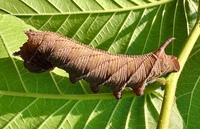
| Recorded by: Stephen Dunn on 2025-08-21
Orange Co.
Comment: |
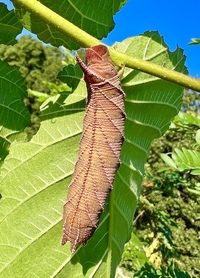
| Recorded by: Stephen Dunn on 2025-08-21
Orange Co.
Comment: | 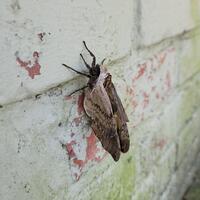
| Recorded by: Donald ZEPP on 2025-07-24
Johnston Co.
Comment: |
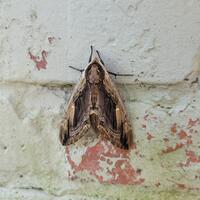
| Recorded by: Donald ZEPP on 2025-07-24
Johnston Co.
Comment: | 
| Recorded by: K. Bischof on 2024-07-10
Transylvania Co.
Comment: |

| Recorded by: Owen McConnell on 2024-07-02
Graham Co.
Comment: | 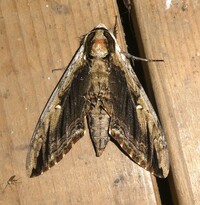
| Recorded by: Owen McConnell and Simpson Eason on 2024-06-20
Graham Co.
Comment: |
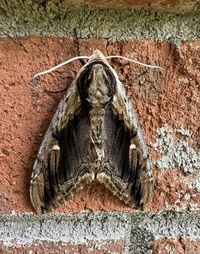
| Recorded by: Tim Foley on 2024-05-24
Orange Co.
Comment: | 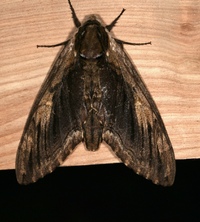
| Recorded by: Jim Petranka, Mark Basinger and Becky Elkin on 2024-05-16
Buncombe Co.
Comment: |
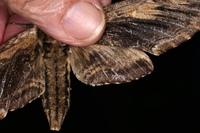
| Recorded by: Jim Petranka, Mark Basinger and Becky Elkin on 2024-05-16
Buncombe Co.
Comment: | 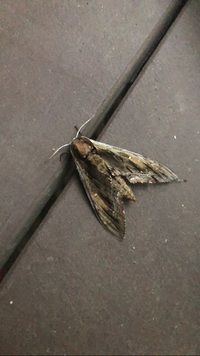
| Recorded by: Caleb Garner on 2024-05-01
Wake Co.
Comment: |
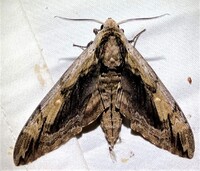
| Recorded by: Dean Furbish on 2023-08-11
Wake Co.
Comment: | 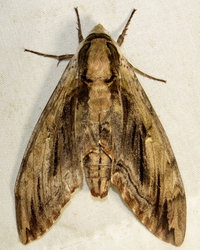
| Recorded by: tom ward on 2023-07-28
Buncombe Co.
Comment: |
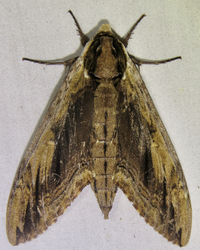
| Recorded by: tom ward on 2023-07-17
Buncombe Co.
Comment: | 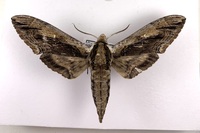
| Recorded by: Richard Teper on 2023-07-15
Orange Co.
Comment: |
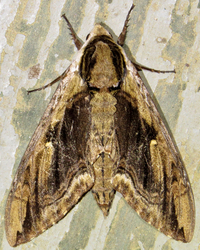
| Recorded by: tom ward on 2023-07-01
Buncombe Co.
Comment: | 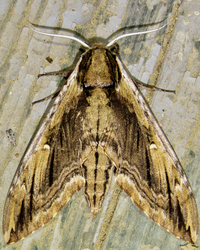
| Recorded by: tom ward on 2023-06-28
Buncombe Co.
Comment: |
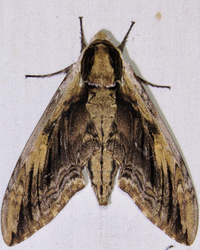
| Recorded by: tom ward on 2023-06-24
Buncombe Co.
Comment: | 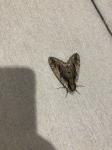
| Recorded by: A.Shaffer on 2023-06-09
Surry Co.
Comment: |
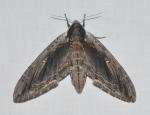
| Recorded by: K. Bischof on 2023-05-25
Transylvania Co.
Comment: | 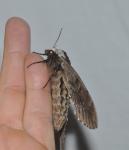
| Recorded by: K. Bischof on 2023-05-25
Transylvania Co.
Comment: |
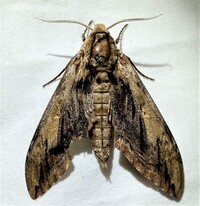
| Recorded by: Dean Furbish on 2023-05-14
Wake Co.
Comment: | 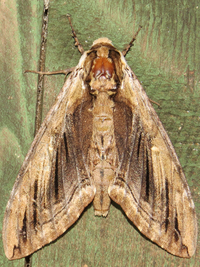
| Recorded by: tom ward on 2022-07-16
Buncombe Co.
Comment: |
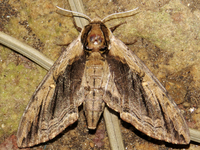
| Recorded by: tom ward on 2022-07-12
Buncombe Co.
Comment: | 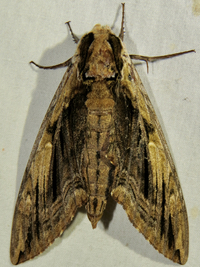
| Recorded by: tom ward on 2022-06-29
Buncombe Co.
Comment: |
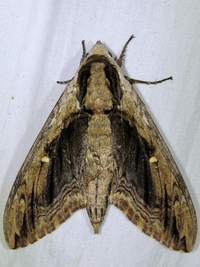
| Recorded by: tom ward on 2022-06-27
Buncombe Co.
Comment: | 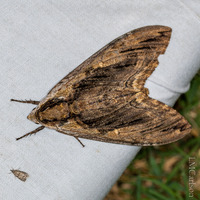
| Recorded by: David George, L. M. Carlson on 2022-06-20
Caswell Co.
Comment: |

| Recorded by: tom ward on 2022-06-16
Buncombe Co.
Comment: | 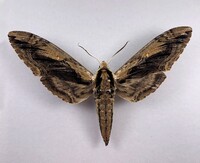
| Recorded by: Richard Teper on 2022-06-16
Jackson Co.
Comment: |
|

 »
»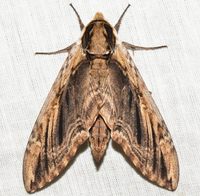

 »
»